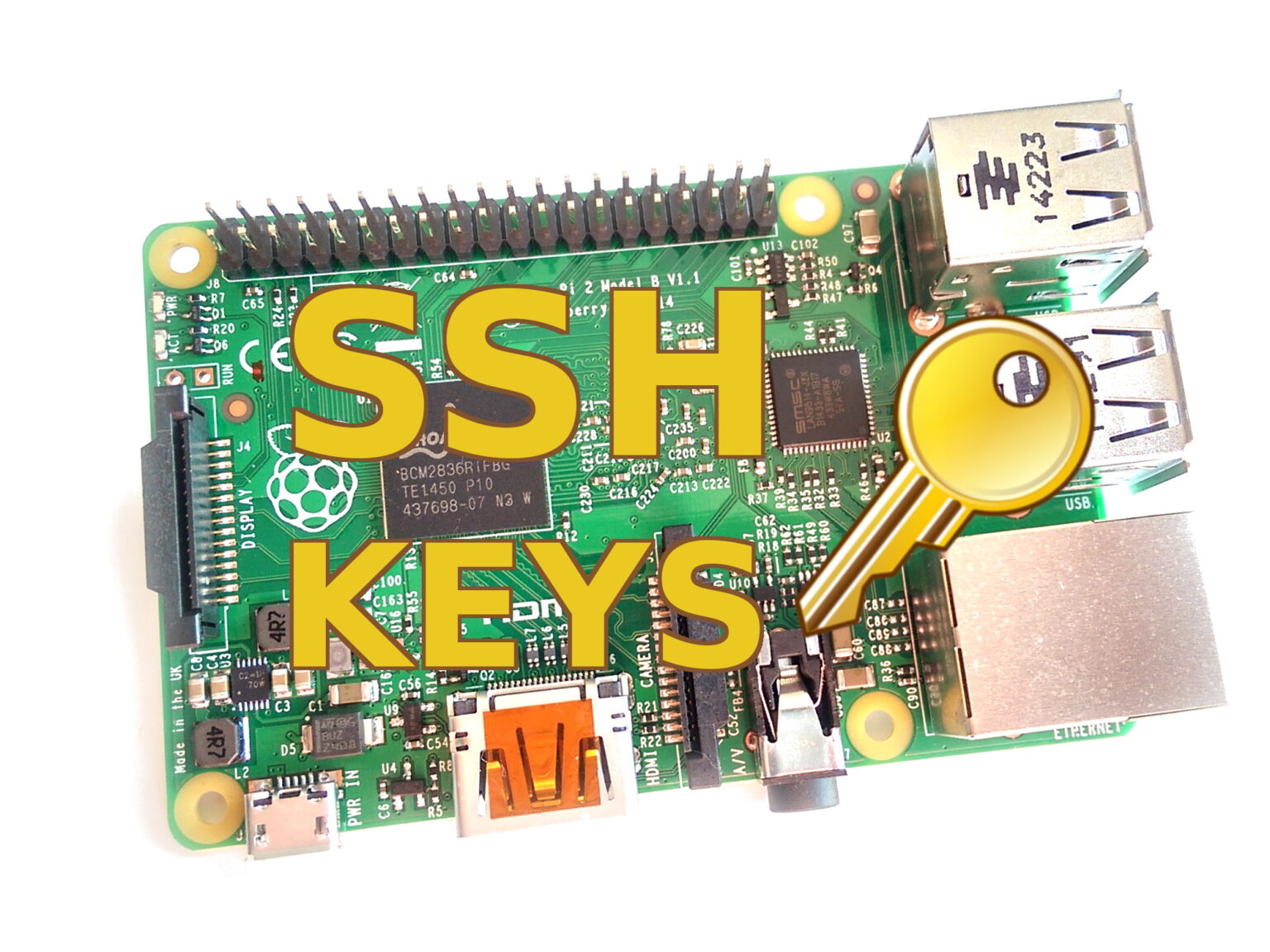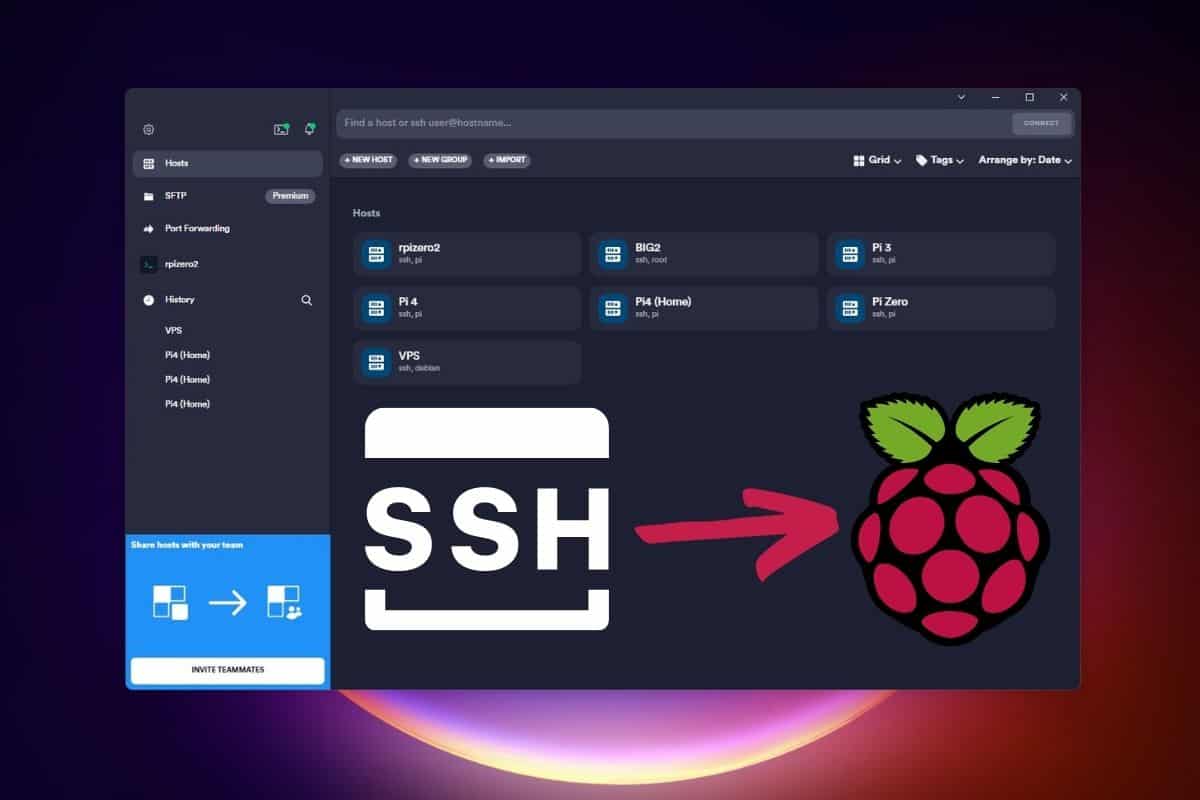Free Remote IoT Platform + SSH Keys On Raspberry Pi: Guide & Download
Are you ready to transform your Raspberry Pi projects into globally accessible marvels without spending a fortune? Setting up a free remote IoT platform with SSH key integration on your Raspberry Pi is not only achievable but also unlocks a world of possibilities for your projects.
The landscape of the Internet of Things (IoT) is rapidly evolving, and with it, the need for secure and accessible remote device management. For enthusiasts and developers alike, the Raspberry Pi has become a cornerstone of IoT projects. However, the challenge often lies in remotely accessing and managing these devices securely and efficiently. This is where free remote IoT platforms, coupled with the power of SSH keys, come into play. This guide serves as your comprehensive roadmap to navigating this exciting technological territory.
| Category | Details |
|---|---|
| Topic | Remote IoT Platform Setup with SSH Keys on Raspberry Pi |
| Description | A comprehensive guide to setting up a free remote IoT platform, emphasizing SSH key management for secure remote access to a Raspberry Pi. |
| Key Components | Raspberry Pi, SSH Keys, Free Remote IoT Platform (e.g., specific platforms like Dataplicity, or other suitable free alternatives), SSH Client |
| Benefits | Secure remote access to Raspberry Pi devices, Remote project management and monitoring, Cost-effective solution, Enhanced security through SSH keys, Access from anywhere with internet. |
| Target Audience | IoT enthusiasts, Developers, Hobbyists, Anyone looking to remotely manage their Raspberry Pi projects securely. |
| Required Skills | Basic understanding of the Raspberry Pi, Linux command-line familiarity, Networking basics, Understanding of SSH |
| Reference Website | Raspberry Pi Foundation |
The beauty of this setup lies in its accessibility. Whether you're a seasoned developer or just starting your journey into the world of IoT, the principles discussed here are designed to be easily understood and implemented. The ability to manage your projects remotely, from any location with an internet connection, provides unprecedented flexibility and control.
- Jacqueline Wilson Net Worth Books More Discover Now
- Paul Gosars Net Worth Salary Age Investments 2024
The primary goal is to facilitate the creation of a robust, secure, and cost-effective system. By leveraging free resources, we can minimize expenses while maximizing functionality. We'll delve into the specific steps required to set up your Raspberry Pi, integrate it with a free remote IoT platform, and secure it using SSH keys.
Before we begin, it's crucial to understand the significance of SSH keys. SSH keys act as a digital gatekeeper, ensuring that only authorized users can access your Raspberry Pi. This adds an extra layer of security, protecting your device from unauthorized access and potential security breaches. Unlike password-based authentication, SSH keys are significantly more secure, making them an indispensable part of any remote access setup.
The journey starts with understanding the foundational concepts of IoT and how they apply to the Raspberry Pi. We'll then explore the process of downloading and installing SSH keys on your device. Setting up SSH keys is simpler than many realize, requiring just a few steps to generate and configure them.
The core of this setup involves integrating your Raspberry Pi with a free remote IoT platform. These platforms provide a web-based interface, allowing you to monitor and manage your device from anywhere. This is where the real power of remote IoT comes into play, allowing you to access and control your projects without being physically present.
To begin, ensure your Raspberry Pi is running the latest software. Run the following commands in your terminal to ensure your system is up to date:
sudo apt update
sudo apt upgrade
These commands will update the package lists and upgrade all installed packages to their latest versions. It's a crucial step to ensure your system has the latest security patches and bug fixes.
Following system updates, the next step involves setting up SSH keys. The use of SSH keys provides a much more secure method of authentication compared to traditional password-based logins. The public-private key pair allows for secure access without the need to repeatedly enter a password. You'll generate the keys on your local machine and then transfer the public key to your Raspberry Pi.
Generating an SSH key pair is usually done from your local machine (the one you'll be using to connect to your Raspberry Pi). Use the command ssh-keygen in your terminal. When prompted, you can specify a file name and passphrase for the key. It's highly recommended to set a passphrase for enhanced security. This passphrase adds an extra layer of protection, preventing unauthorized access even if the private key is compromised.
Once the keys are generated, you'll need to copy the public key to your Raspberry Pi. There are several ways to achieve this, the easiest being using the ssh-copy-id command. This command streamlines the process by securely transferring the public key and adding it to the authorized_keys file on your Raspberry Pi. For example: ssh-copy-id pi@your_raspberry_pi_ip. You will be prompted for your password on the Raspberry Pi the first time you use this command, after which you should be able to login via SSH using your private key without a password.
After successfully copying the public key, you can now test the SSH connection. Open a new terminal and try connecting to your Raspberry Pi using the command: ssh pi@your_raspberry_pi_ip. If everything is configured correctly, you should be able to log in without being prompted for a password.
Now, let's delve into the free remote IoT platform options. Several platforms offer robust features without requiring any payment. These platforms typically provide a web interface that allows you to monitor and control your Raspberry Pi from anywhere with an internet connection. The choice of platform depends on your specific requirements, such as the number of devices you need to manage, the data you want to collect, and the type of control you need.
Many remote IoT platforms allow the setup of a web-based SSH client, accessible directly through a browser. This eliminates the need for separate SSH clients, and provides a convenient interface for accessing your Raspberry Pi from any device that has a web browser. This functionality is particularly useful when you need to quickly access the Raspberry Pi's terminal without installing extra software on your local device.
Some of the key benefits of these platforms include: data logging, allowing you to store and analyze data collected from your sensors; remote command execution, allowing you to execute commands on your Raspberry Pi from the remote platform; and device monitoring, giving you a real-time view of your device's status.
The process of integrating your Raspberry Pi with a remote IoT platform typically involves installing a client on your Raspberry Pi and configuring it to connect to the platform. The specific instructions vary depending on the platform you choose. Most platforms provide clear documentation and tutorials that guide you through the setup process. These usually include steps for registering your device, configuring network settings, and installing the necessary software on your Raspberry Pi.
Once the platform is set up, you can begin to build your remote IoT project. This can include anything from monitoring sensor data to controlling actuators remotely. The possibilities are endless. For example, you can monitor the temperature and humidity of your home, control lights, or even create a remote-controlled robot. The key is to understand how to integrate the data collected by your sensors with the functionality provided by the remote IoT platform.
Another important consideration is security. Securing your remote IoT platform is paramount, and it involves several key steps. Use strong passwords, enable SSH key authentication (as described above), keep your system updated with the latest security patches, and configure your firewall to restrict access to only necessary ports. Regular security audits are also essential to ensure your system is secure and any vulnerabilities are addressed promptly.
By implementing these security measures, you can significantly reduce the risk of unauthorized access and protect your data. The combination of SSH key authentication and a robust remote IoT platform creates a powerful and secure environment for managing your Raspberry Pi projects.
The beauty of this approach is that it offers a cost-effective and user-friendly solution for managing your Raspberry Pi remotely. It opens up a world of possibilities, allowing you to access and control your projects from anywhere in the world. Whether you're a seasoned developer or just starting your journey into IoT, the steps outlined in this guide will equip you with the knowledge and tools you need to succeed.
Remember, the key to a successful remote IoT project is to start with a solid foundation, and SSH keys provide just that. By following the steps outlined in this guide, you'll be well on your way to creating secure and accessible remote IoT solutions, without any financial burden.
In summary, the journey of setting up a free remote IoT platform on your Raspberry Pi, using SSH key authentication, opens doors to a wide array of exciting projects and applications. The skills and knowledge gained from this guide will prove valuable in your future IoT endeavors. So, grab your Raspberry Pi, a cup of coffee, and begin exploring the boundless potential of remote device management.
The convergence of free remote IoT platforms, secure SSH key management, and the versatile Raspberry Pi presents a formidable toolkit for any aspiring IoT developer. By harnessing these tools, you can create innovative and accessible solutions, limited only by your imagination.
- Earl Nightingales Net Worth Legacy A Deep Dive
- Dom Dolla Net Worth 2024 Exploring His Earnings Career

Free Raspberry Pi SSH Access RemoteIoT Platform Guide

Remote IoT Platform SSH Raspberry Pi Download Your Guide

Remote IoT Platform SSH On Raspberry Pi Download & Setup Guide